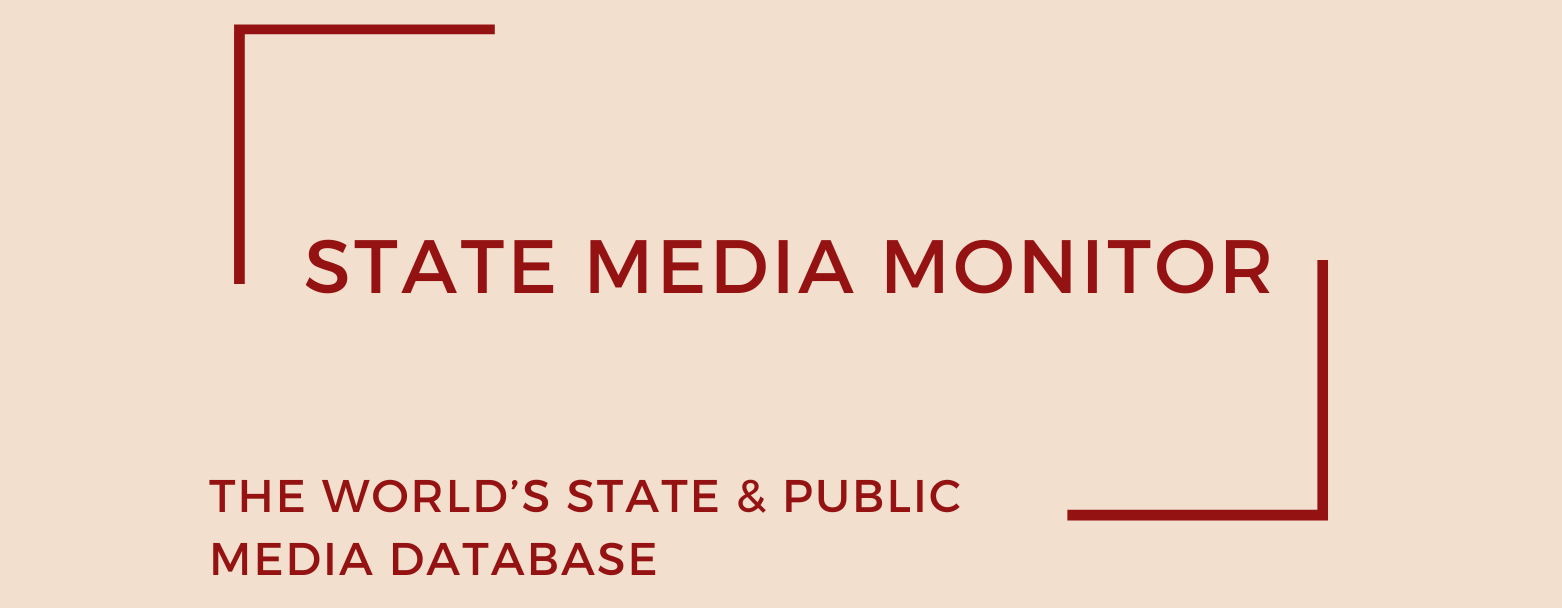Sistema Nacional de Medios Públicos (SINAMP)
The Public Media System in El Salvador consists of a television and a radio station. Channel 10 is a state-run television that originally operated as part of a group of two channels, Channel 10 and Channel 8. After the 1979 military coup, the lack of resources led to the demise of Channel 8. Channel 10’s programming includes history documentaries, science and entertainment shows, cartoons, talk shows and interviews, movies, and news programs.
In a bid to expand its reach, the channel unveiled Noticiero El Salvador in 2020—the platform serves as a news-centric website complemented by active social media channels, as announced by the government.
Similar programming is broadcast by Radio El Salvador, a radio station founded in 1926 and a pioneer in Central American radio broadcasting. It was originally known as the AQM.
Media assets
Television: Canal 10, Noticiero SV
Radio: Radio El Salvador
State Media Matrix Typology
Ownership and governance
Canal 10 and Radio El Salvador fall under the purview of the Communications Department within the Presidency. Historically, Canal 10 had been overseen by the Ministry of Culture and the Ministry of Education; however, there is currently no legal apparatus that explicitly governs media as part of the National Public Media System.
The broadcasting landscape in El Salvador is regulated by the General Superintendency of Electricity and Telecommunications, with the Telecommunications Act serving as the cornerstone of legal oversight for the media sector. Nevertheless, these regulatory frameworks predominantly focus on private and community outlets, leaving public media somewhat in uncharted territory.
Source of funding and budget
In El Salvador, funding for public media is supplied by the Communications Department under the Presidency of the Republic. Official records reveal that the public media’s 2020 budget was approximately US$ 3.3m (the Salvadoran economy is dollarized).
In February 2021, the nation’s legislative body made headlines by requesting the Attorney General to investigate the financial operations of Canal 10 and Diario El Salvador, citing potential infringements of the Budget Law. By contrast, the government’s allocation for public media in 2021 saw a reduction, totaling US$ 2.6m.
Editorial independence
Media entities under the helm of the SINAMP unapologetically lean in favor of the government. The official newscast Noticiero El Salvador, which premiered on Channel 10 in October 2020, appears purpose-built to disparage opposition figures while championing the administration’s narratives. Simultaneously broadcast on National Radio, the program has been fervently promoted by President Nayib Bukele himself, who notably referred to it on Twitter, a social network, as the government’s informational powerhouse.
Since Bukele’s rise to office, critical journalists in public media have faced employment terminations, further painting a troubling picture of press freedom under his tenure.
Presently, there is no legal framework in El Salvador guaranteeing the editorial independence of SINAMP. While the El Salvador Journalists Association (APES) upholds a code of ethics intended to govern all media outlets nationwide, SINAMP lacks an impartial body or mechanism to uphold, assess, or enforce its adherence to professional editorial autonomy.
April 2025
Citation (cite the article/profile as part of):
Dragomir, M. (2025). State Media Monitor Global Dataset 2025.
Media and Journalism Research Center (MJRC).
Zenodo.
https://doi.org/10.5281/zenodo.17219015
This article/profile is part of the State Media Monitor Global Dataset 2025, a continuously updated dataset published by the Media and Journalism Research Center (MJRC).
